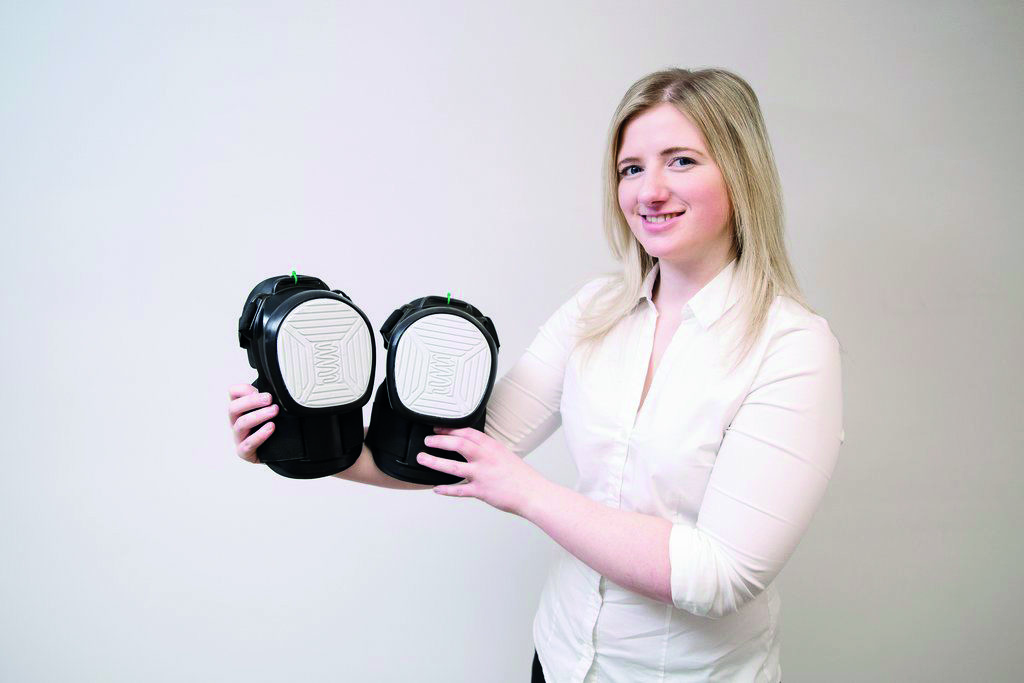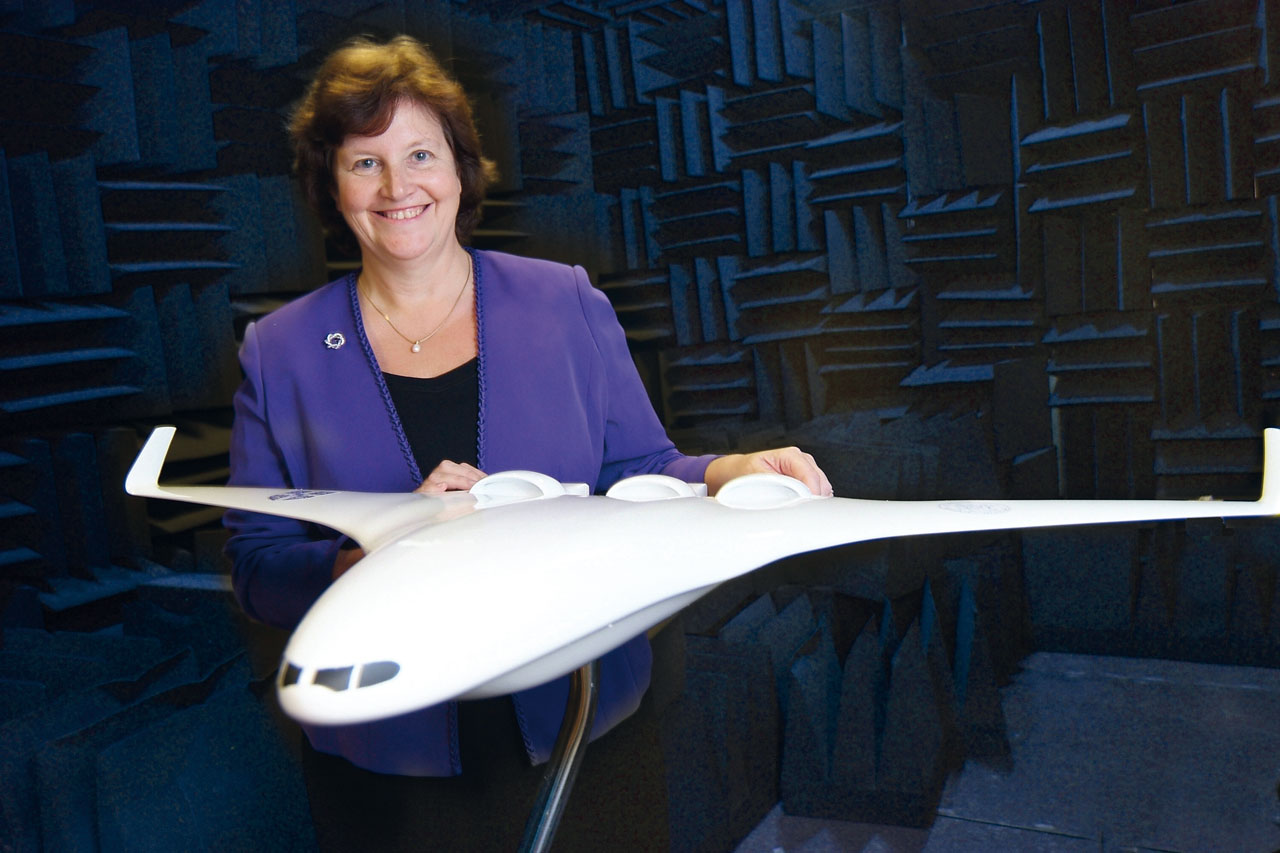Annabel Heseltine Talks to Professor Dame Ann Dowling About Why This Country Needs Engineers
By
7 years ago
As the government designates 2018 the Year of Engineering, Professor Dame Ann Dowling, President of the Royal Academy for Engineering, talks to our editor about why this country needs engineers


Vicky Hamiton designed knee pads which are now sold in Homebase
Is engineering making a renaissance in this country?
There is a growing recognition across society of the important role engineering plays, not only in underpinning our economy, but also in finding solutions to challenges faced by society, which may be clean energy, health or the needs of an aging population. However, we need to work hard to change people’s perceptions.
Britain’s history has left us with an image of engineers as Victorian gentlemen with top hats and cigars and working in the heavy industries, building cars, planes, infrastructure and bridges. It is important to remember that modern engineering is so much more and that it’s a job for women as well as men. It includes biomedical work, with huge changes in diagnostics, including the targeted delivery of cancer drugs to a tumour, deployed in bubbles and activated by ultrasonics. It covers clean air development, with increased efficiency of solar power and decreasing the costs of off-shore energy. High-tech engineering involves everything that makes our phones work, including touch-tone and wireless signal.
Engineers are designing autonomous vehicles to be delivered to your door. Robotics will enable people to live happy, independent and productive lives into old age.
What more can be done to encourage generation Z into engineering?
Not enough young people are going into engineering. It’s an inside secret, particularly for women. Those who have gone into engineering do so becasue they know about it, perhaps through a family member and they often do fantastically well.
The Government has nominated 2018 as the Year of Engineering and the academy has kicked off a revolutionary communications campaign using using social media to reach out to people in the arts, sport and fashion, to those hoping to make a difference in the world with the message that this is the career for them.
The academy sponsors Enterprise Fellows, young people seeking to commercialise an engineering innovation, such as recent graduate Victoria Hamilton, whose passion for art led her to designing knee pads which relieve the pressure on knees by 20 per cent. Now her product is sold in Homebase.
Do you believe engineers are valued enough in this country?
Engineering graduates are some of the best paid graduates, with an above average starting salary of £25,880. More than half of FTSE 100 companies have an engineer on their boards and research by Engineering UK in 2012 suggested that 15 per cent of their executive board members have an engineering degree. These are the well paid jobs of the future that we need people to choose.

Professor Dame Ann Dowling
How attractive is engineering to women?
There is a positive change but it’s not enough. Of those studying engineering at university only 15 per cent are girls. The drop-off happens at schools after GCSEs. Of those taking A-level physics in schools, only 20 per cent are female. Only nine per cent of working engineers are women in the UK, which is out of line with any other country – in France it’s over 20 per cent and in Scandinavian countries it’s in the high twenties.
How important are the arts to STEM?
Engineers have to be creative and imaginative and to be able to look at the big picture to make new products and processes which serve people’s needs better. Art and design plays a crucial part in successful engineering innovation. When the design is right, it’s not merely because of the engineering, it’s also because it looks or feels right. Communication is vital for engineers to explain their work but also for positive team work. Usually if something goes wrong it’s not because the technology failed, it’s because the team didn’t communicate.
How can you inspire children into engineering?
Parents and teachers often bracket childrens’ skills from an early age between the creative and the science types. It is not great for the kids and for an engineer that’s terrible. The academy produced a report Thinking like an engineer, highlighting the attributes that young children can share with engineers such as being inquisitive and having imagination:
a cardboard box becoming a castle. They are creative in the way they use things and want to understand things. It’s important that the education system encourages that ‘let’s try it and see, how might we use this in different ways’ attitude.
READ MORE: STEM or STEAM – Don’t Forget the A, Art | Canny Career Choice



